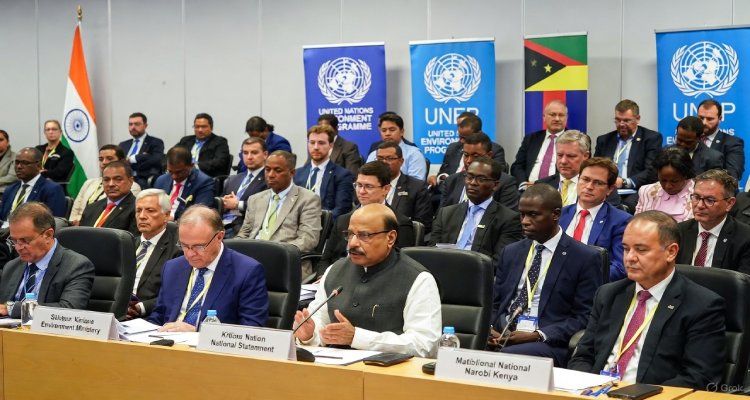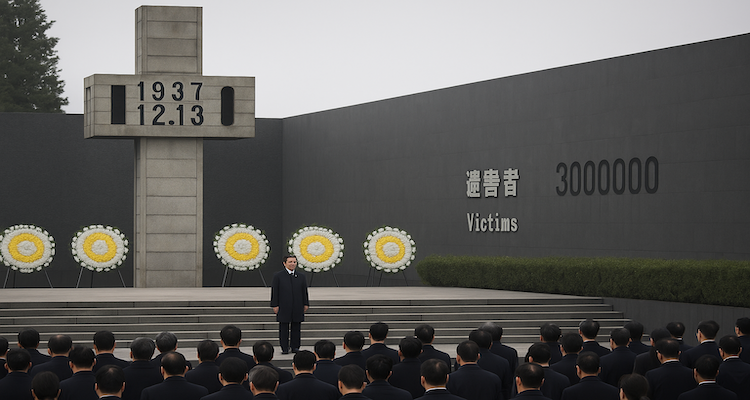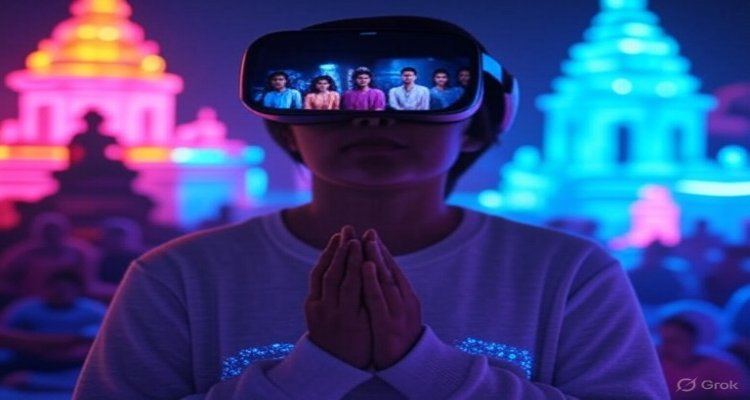Sacred Bytes: Spirituality Redefined in a Digital World
In an age of apps, AI, and online communities, spirituality is being reshaped by technology. Explore how the digital world redefines sacred practices.
Introduction: When Faith Meets Fiber Optics
A quiet meditation session once required incense, a calm temple space, and physical presence. Today, it might just as easily involve slipping on noise-canceling headphones, opening a mindfulness app, and connecting with a global community over livestream prayer sessions. As the lines between sacred tradition and digital innovation blur, spirituality is undergoing one of the most profound transformations in modern history—one byte at a time.
Context & Background: From Temples to Timelines
Humanity’s search for meaning has always evolved with the tools of its era. Printing presses spread holy texts to the masses. Radio and television brought religious services into homes. Now, the internet, AI, and virtual platforms are ushering in a new phase: digital spirituality.
What once required pilgrimage can now be accessed through livestreamed rituals. Mantras circulate on TikTok. Astrology apps track planetary alignments in real time. Virtual reality even creates immersive prayer spaces where geography no longer limits belonging.
This shift doesn’t diminish tradition—it reimagines it for a connected, fast-paced world.
Main Developments: The Rise of “Sacred Bytes”
Several trends showcase how technology is redefining spiritual practice:
- Meditation Apps & AI Guides: Platforms like Calm and Headspace normalize mindfulness as part of daily routine, while experimental AI “gurus” offer personalized guidance.
- Online Rituals & Communities: Livestream pujas, digital church services, and Zoom-based prayer circles keep faith communities active, especially post-pandemic.
- Blockchain & Sacred Trust: Some religious organizations use blockchain to track donations with transparency, ensuring ethical stewardship.
- VR Temples & Pilgrimages: Virtual replicas of sacred sites—from Mecca to Varanasi—allow believers to “visit” from anywhere, democratizing access.
Together, these developments represent a radical reshaping of what it means to practice spirituality in a hyper-connected age.
Expert Insight & Public Reaction
Digital religion scholars argue that this evolution is both revolutionary and inevitable.
“Technology doesn’t replace the sacred—it amplifies it,” notes Dr. Heidi Campbell, a leading researcher on digital religion. “For younger generations, spiritual experiences must be as accessible as their social media feeds.”
Believers echo similar sentiments. For some, online communities provide belonging when physical congregations aren’t possible. Yet others worry that digitization risks diluting the depth and authenticity of traditional practices. “A livestream can never replace the energy of sitting in a temple,” says Rajesh, a Hindu devotee in New Jersey.
This tension—between accessibility and authenticity—defines the debate around sacred bytes.
Impact & Implications: What Happens Next?
As digital spirituality expands, it brings profound implications:
- Accessibility: Marginalized and remote communities gain equal access to rituals, teachings, and global conversations on faith.
- Commercialization: Apps and digital tools monetize meditation, raising questions about commodifying the sacred.
- Hybrid Practices: Future faith may not be either digital or physical but a hybrid model, blending temple visits with app reminders and VR pilgrimages.
- Interfaith Bridges: Digital platforms dissolve geographical and denominational barriers, encouraging cross-cultural dialogue and understanding.
For better or worse, spirituality in the digital age is no longer bound by time, place, or tradition—it is as global and fluid as the internet itself.
Conclusion: A Sacred Scroll of the Future
The fusion of faith and technology is not a replacement of the past but an expansion of it. As bytes carry mantras, sermons, and rituals across screens, spirituality adapts without losing its essence: the search for meaning, connection, and transcendence.
In the digital world, the sacred does not disappear—it simply redefines itself. The question is not whether spirituality belongs online, but how humanity will balance timeless traditions with limitless technologies in shaping its spiritual future.
Disclaimer : This article is for informational purposes only. It explores cultural and technological shifts in spirituality and does not promote any specific belief system.











